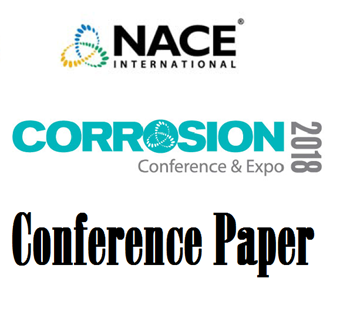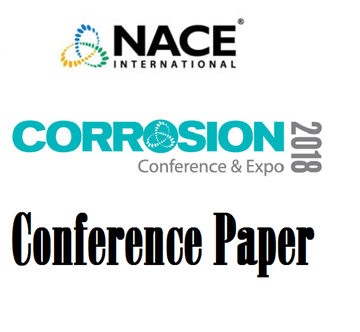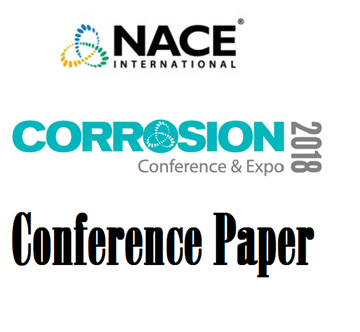Search
51318-11016-The Passive Film Evolution of Carbon Steel in Hanford Waste Simulants
Also Purchased
51318-11005-Evaluation and Repair of Natural Draft Cooling Towers
Product Number:
51318-11005-SG
Publication Date:
2018
$20.00
51318-11007-Data Integration Techniques to Support Meaningful Visualization of Corrosion Data
Product Number:
51318-11007-SG
Publication Date:
2018
$20.00
51318-11006- ISO 12736 1-Year Material Exposures: Testing Considerations and Interpretation of Resul
Product Number:
51318-11006-SG
Publication Date:
2018
$20.00




